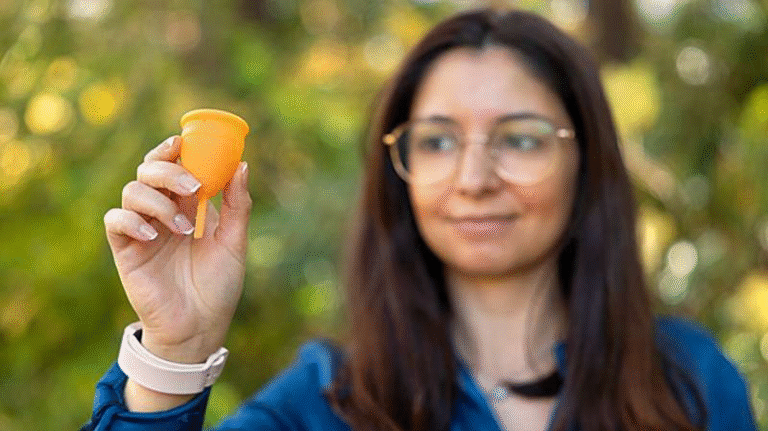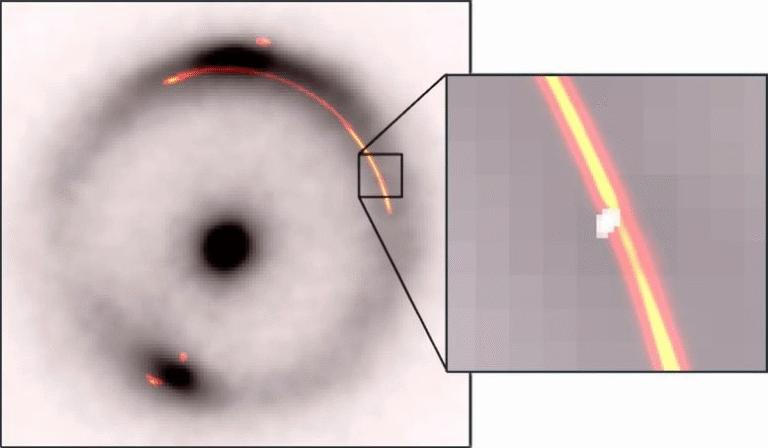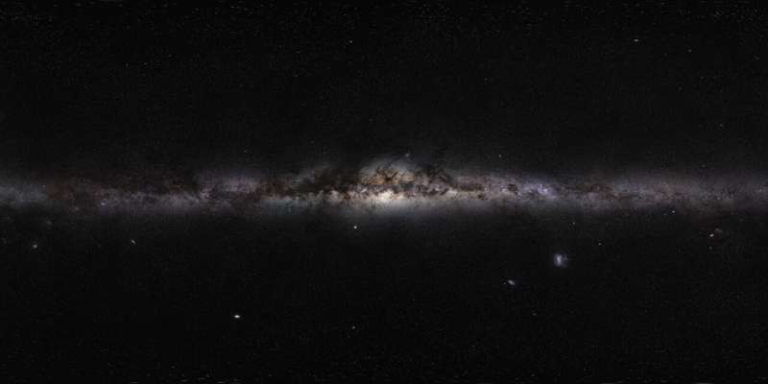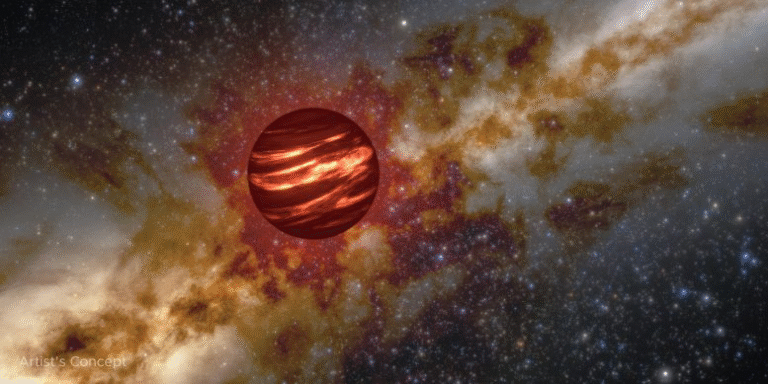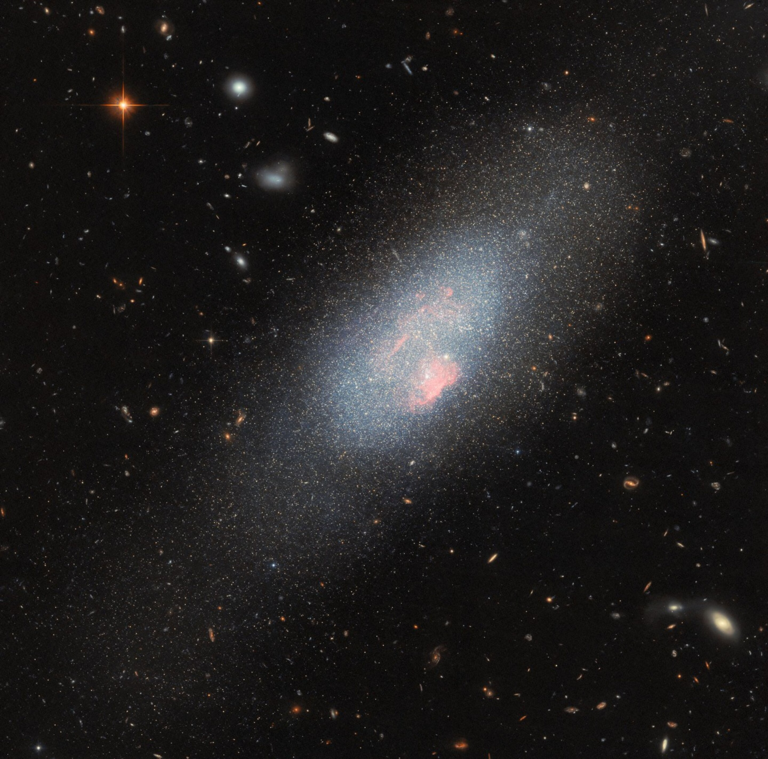Mapping Asteroid “Keyholes” to Prevent Future Collisions with Earth
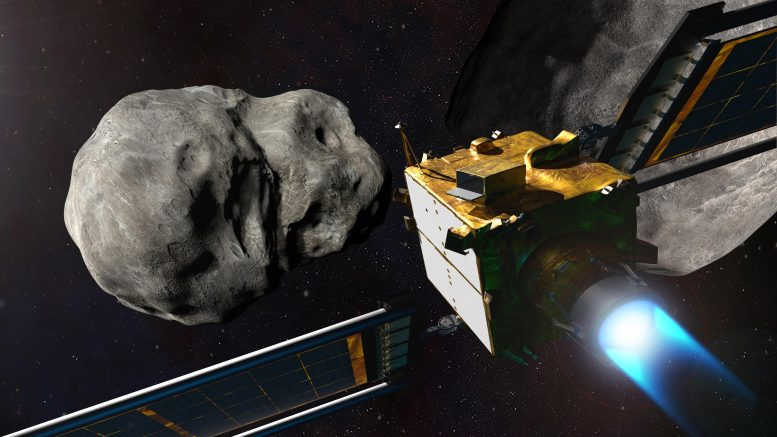
When scientists talk about deflecting asteroids, it often sounds simple: hit the space rock with a spacecraft, change its orbit, and avoid disaster. But new research shows it’s not that straightforward.
If the impact happens in the wrong place, the asteroid could drift into a gravitational keyhole — a small but dangerous region in space where a planet’s gravity reshapes the asteroid’s orbit and sets it on course to collide with Earth later.
Researchers presented at the EPSC-DPS 2025 Joint Meeting in Helsinki that they are now developing detailed probability maps of asteroid surfaces to identify the safest spots for impact. This is an important shift in planetary defense planning. It’s no longer just about deflecting an asteroid but making sure we don’t accidentally create a delayed catastrophe.

What Are Gravitational Keyholes?
A gravitational keyhole is a tiny region in space, often only a few hundred meters wide, where the pull of a planet can alter an asteroid’s orbit just enough to redirect it back toward the planet at a future date.
To put it simply: imagine Earth as a giant magnet. If an asteroid passes close by, Earth’s gravity can tug on it. If the asteroid happens to pass through one of these keyholes, its path is changed so that the next time it swings around the Sun, it comes straight back at us.
One famous example is asteroid Apophis. During its 2029 flyby, astronomers calculated that if it passed through a very specific keyhole, it could have ended up on a collision course with Earth in 2036. Later observations ruled this out, but the example shows just how precise these gravitational trapdoors can be.
The Risk of Deflection Missions
The idea of hitting an asteroid to change its trajectory was tested by NASA’s DART mission in 2022. DART deliberately crashed into Dimorphos, a small moon orbiting the asteroid Didymos. The impact successfully changed Dimorphos’s orbit, proving that a kinetic impactor could alter an asteroid’s path.
But here’s the complication: if a hazardous asteroid is deflected without considering gravitational keyholes, the mission could accidentally push it into one of these regions. That would mean the asteroid is not only still a threat but potentially an even bigger one down the line.
This makes site selection — the exact point on the asteroid where the spacecraft impacts — a critical decision. Randomly slamming into an asteroid could have unintended consequences, and that’s what the new research is addressing.
The New Study on Keyhole Probability Maps
Rahil Makadia, a NASA Space Technology Graduate Research Opportunity Fellow at the University of Illinois Urbana-Champaign, led the research presented in Helsinki. Working with Steven Chesley, Davide Farnocchia, and Siegfried Eggl, the team developed a method to compute keyhole probability maps for asteroids.
These maps show the chances that striking a given point on the asteroid’s surface will send it through a gravitational keyhole after deflection. By combining this with models of the asteroid’s shape, mass, spin, and surface features, mission planners can find the safest impact zones.
The work builds on lessons from DART but tailors the approach for other asteroids, since each one is different. An asteroid’s size, density, rotation, and surface terrain all affect how it responds to a kinetic impact.
Example: Mapping Asteroid Bennu
The research team created a probability map for asteroid Bennu, one of the most well-studied near-Earth asteroids.
- The map highlights regions of Bennu where an impact would minimize the risk of pushing it through a keyhole.
- A crosshair point marks the surface location that offers the lowest long-term hazard.
- A 25-meter targeting uncertainty was included in the calculations to reflect the real-world challenge of precisely hitting a chosen spot. Areas near the margins of the map were marked as non-targetable, since small errors in aiming could lead to a missed strike.
This is important because Bennu itself has been identified as having a small but real chance of impacting Earth in the late 2100s. Although the probability is low, planning safe deflection strategies is critical.
Factors That Influence Deflection Outcomes
The research shows that every asteroid impact attempt needs detailed analysis. Some key factors include:
- Asteroid Shape and Rotation
Irregular shapes and spin rates mean that hitting one part of the surface might produce a very different outcome than hitting another. - Surface Features
Craters, boulders, and slopes affect how energy from the impact spreads through the asteroid. - Mass Distribution
An asteroid’s internal structure determines how momentum transfer translates into orbital changes. - Targeting Accuracy
Even small errors in impact location can make the difference between a safe deflection and pushing the asteroid toward a keyhole. - Post-Impact Simulations
Scientists must model the asteroid’s path for decades or even centuries after deflection to check whether it might pass through a keyhole in the future.
Ground-Based vs. Space-Based Observations
Ideally, spacecraft would visit an asteroid first, gathering high-resolution images and data to feed into the models. But this isn’t always possible, especially if the asteroid is discovered only a few years before a potential impact.
Fortunately, Makadia’s team notes that preliminary probability maps can still be produced using ground-based observations. While not as precise as data from a rendezvous mission, they can provide enough information to make an informed decision if time is short.
Lessons from NASA’s DART Mission
DART’s impact on Dimorphos wasn’t constrained by the keyhole problem, since the Didymos system is too massive and too far from Earth to create a keyhole risk. That gave scientists freedom to aim wherever they wanted.
But for smaller, more threatening asteroids in Sun-crossing orbits, the situation is very different. Even tiny orbital changes matter. This makes the DART mission a proof of concept — but not a complete solution. The new mapping approach fills in that missing piece.
Why This Matters for Planetary Defense
Deflecting asteroids is humanity’s insurance policy against cosmic impacts. Large asteroid strikes are rare, but their consequences would be catastrophic. The extinction of the dinosaurs 66 million years ago is the most famous example, caused by a 10-kilometer asteroid.
For smaller asteroids — say, 100 to 500 meters across — the damage could still be regional or even continental in scale. That makes accurate, safe deflection strategies essential.
The new research emphasizes that planetary defense isn’t just about brute force. It’s about precision planning, smart targeting, and long-term thinking. By avoiding keyholes, we ensure that we don’t swap one disaster for another.
Extra Background: How Asteroid Deflection Works
Since this topic sparks curiosity, here are the main techniques scientists are exploring:
- Kinetic Impactor (like DART)
A spacecraft crashes into the asteroid to change its speed and direction slightly. - Gravity Tractor
A spacecraft hovers near the asteroid, using its own gravity to tug the asteroid slowly into a safer orbit. - Laser Ablation
Powerful lasers heat the asteroid’s surface, creating jets of gas that push it away. - Nuclear Detonation
A last-resort option: detonating a nuclear device near the asteroid to change its orbit.
Each method has advantages and challenges, but kinetic impactors are currently the most tested and practical option. The new keyhole mapping work directly improves this method.
The Role of Future Missions
NASA and the European Space Agency (ESA) are planning more missions to expand our planetary defense capabilities:
- Hera Mission (ESA) will arrive at the Didymos system in 2026 to study the aftermath of DART’s impact. This will provide crucial data on impact physics and momentum transfer.
- Other proposed missions aim to test reconnaissance and deflection on different asteroid types, including rubble-pile asteroids like Bennu.
These missions will help refine models, improve probability maps, and give humanity more confidence in handling asteroid threats.
The Bigger Picture: Living with Asteroid Risk
The chance of a major asteroid hitting Earth in our lifetime is low, but it’s not zero. Unlike volcanoes or earthquakes, this is a natural disaster we can predict centuries in advance and even prevent. That’s why planetary defense has become a serious part of space research.
The new study by Makadia and colleagues adds a critical tool: probability mapping of keyholes. By integrating this into mission planning, we can ensure that our defense strategies are not just effective but also safe in the long run.
Final Thoughts
This research highlights the importance of precision and foresight in planetary defense. Smashing into an asteroid without a plan could be worse than doing nothing at all. With keyhole probability maps, scientists can identify safe impact zones and avoid dangerous ones, protecting Earth for generations to come.
This is not just theoretical. For asteroids like Bennu, where long-term impact probabilities already exist, these maps could guide real-world missions that one day might save the planet.
Reference:
Makadia, R., Chesley, S., Farnocchia, D., & Eggl, S. (2025). Keyhole-Based Site Selection for Kinetic Impact Deflection of Near-Earth Asteroids. EPSC-DPS Joint Meeting 2025. DOI: 10.5194/epsc-dps2025-77
